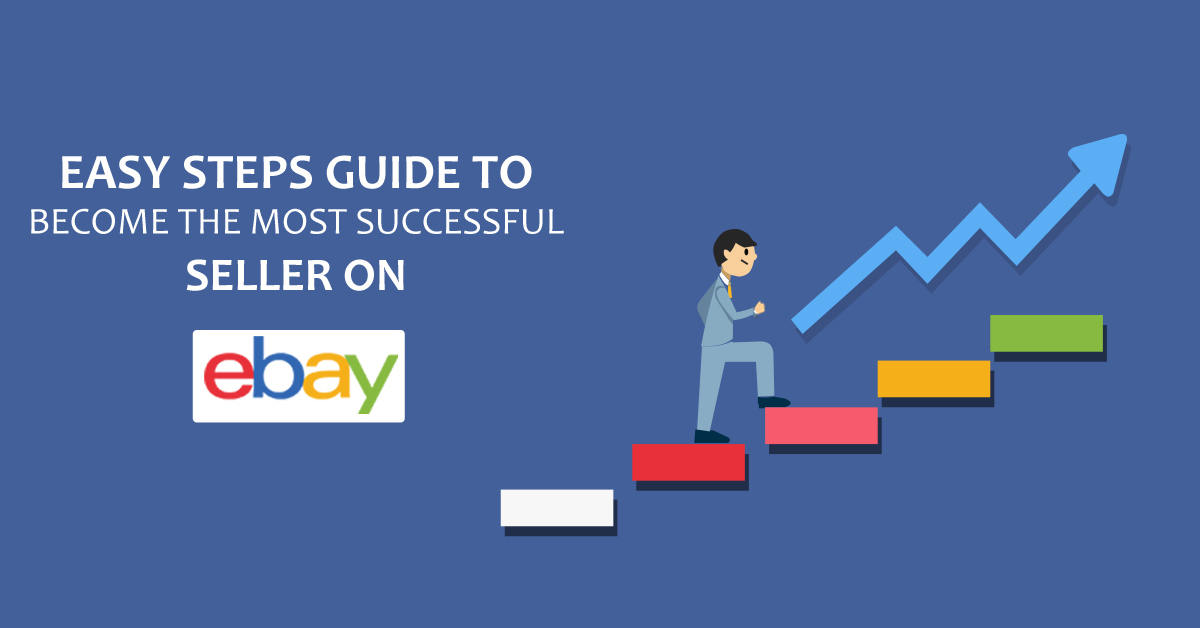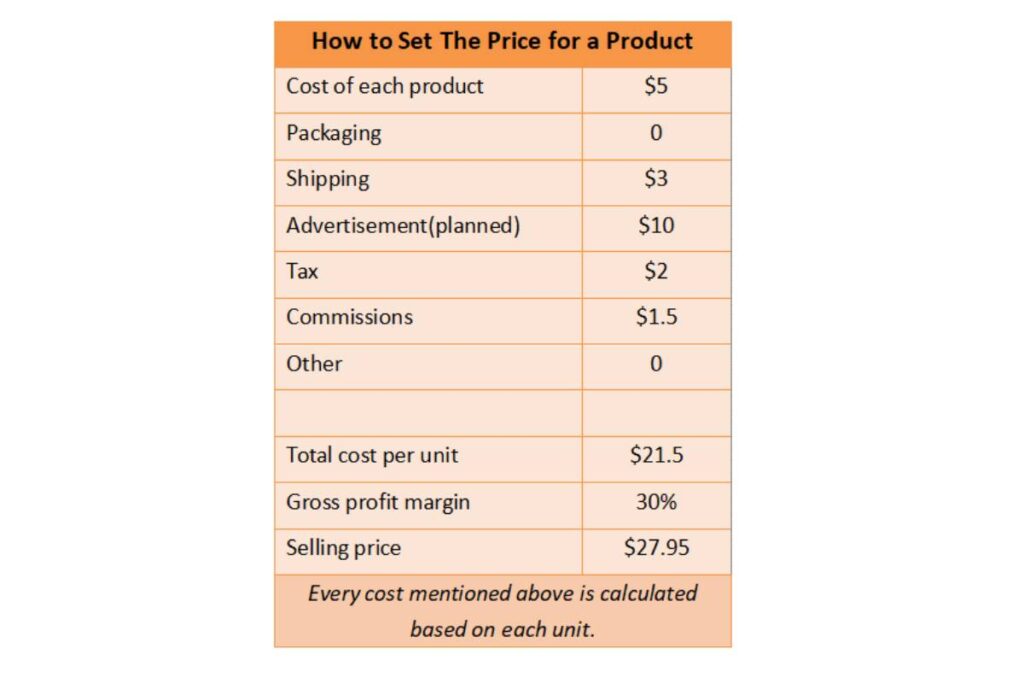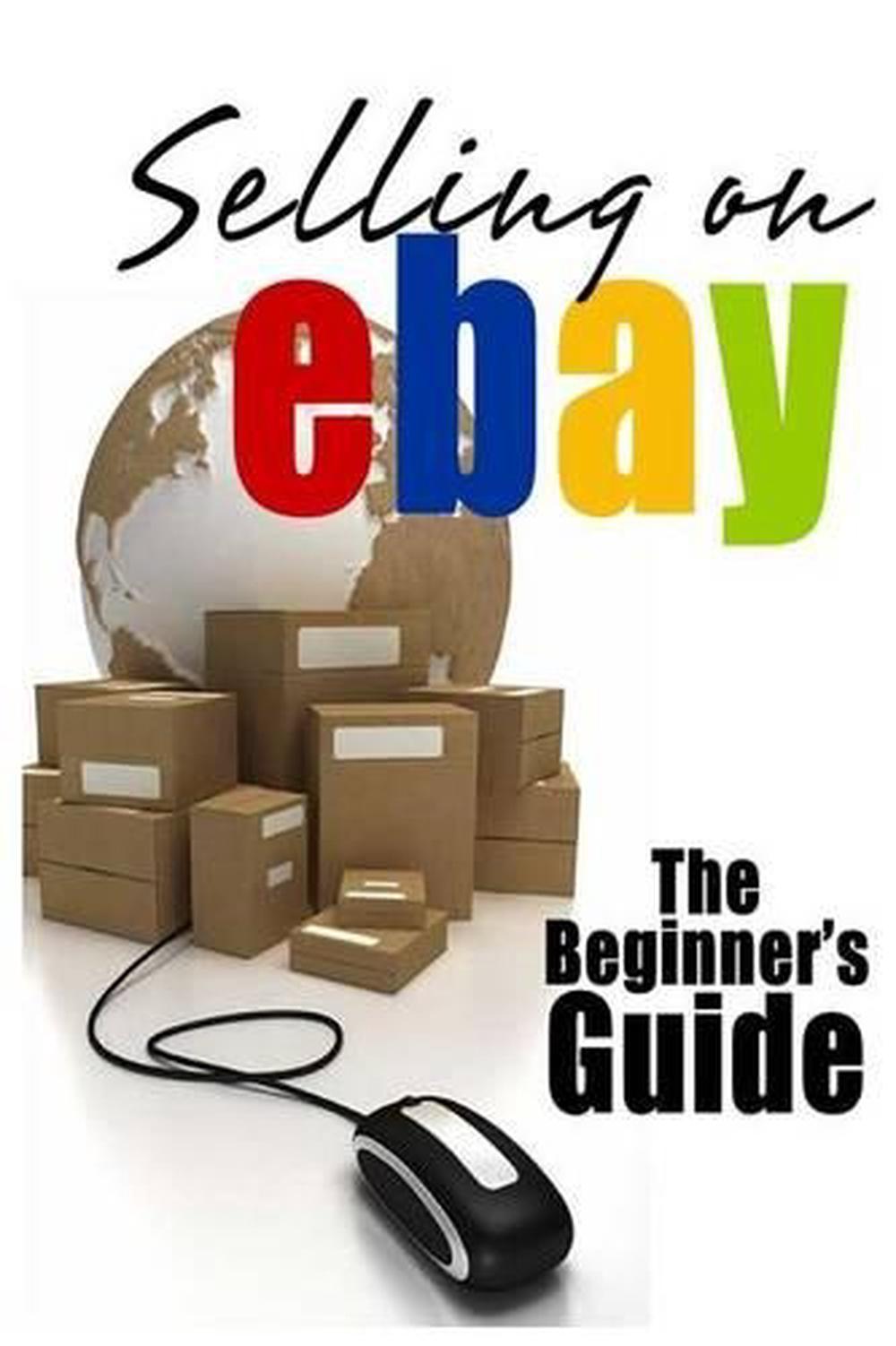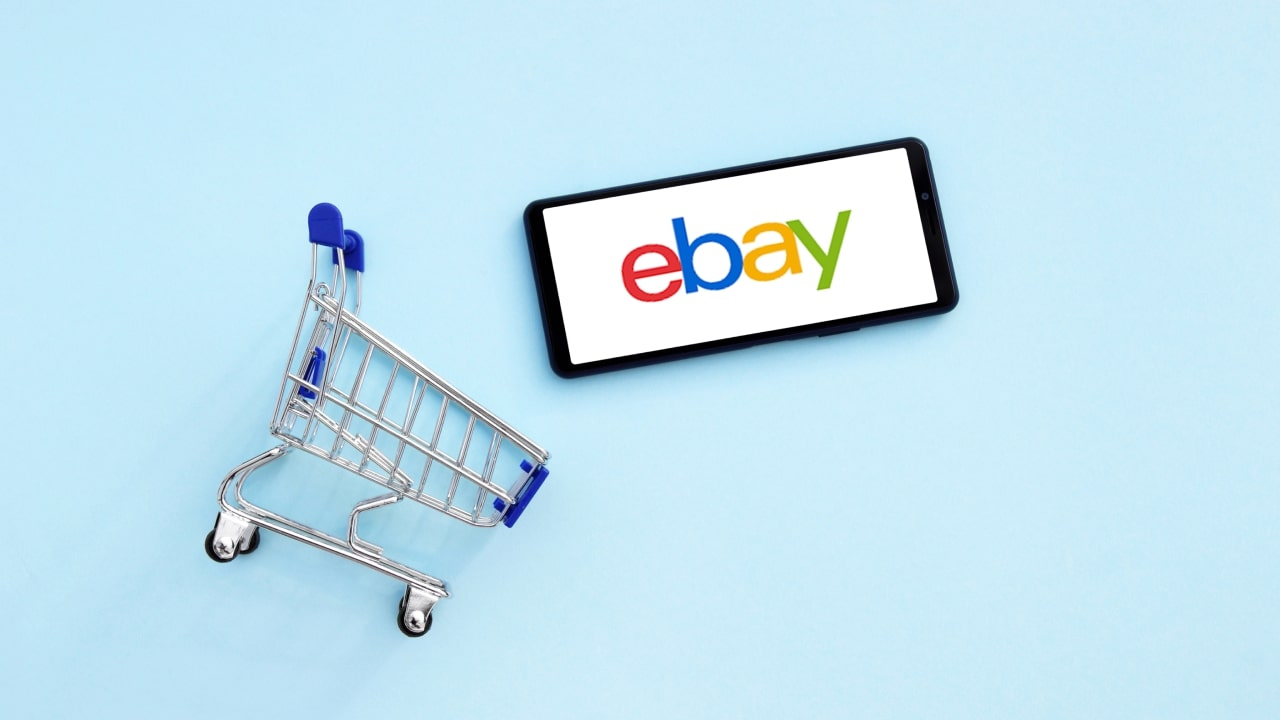Unlocking the Secrets to Successful eBay Selling
Selling on eBay can be a lucrative venture, but it requires a strategic approach to maximize earnings. With millions of active buyers and a vast array of products, eBay provides a platform for sellers to turn their unwanted items into cash or build a thriving online business. However, to succeed, sellers must understand how to price and sell their items effectively. This comprehensive guide will walk you through the process of maximizing your earnings on eBay, from understanding fees to scaling your business for increased profits.
One of the most critical factors in determining how much to sell on eBay is understanding the fees associated with selling on the platform. eBay charges various fees, including insertion fees, final value fees, and PayPal fees, which can eat into your profits if not factored into your pricing decisions. By understanding these fees, you can set competitive prices that ensure you earn a decent profit margin. Additionally, researching the market to determine the optimal price for your item is crucial. You can use eBay’s completed listings feature, Google Trends, and other tools to gauge demand and set prices that attract buyers.
Creating high-quality listings is also essential for maximizing visibility and attracting more bidders. This includes writing effective titles, descriptions, and keywords, as well as using high-quality images to showcase your items in the best possible light. By optimizing your listings, you can increase your chances of selling your items quickly and for a good price. Furthermore, understanding the different pricing strategies, such as fixed pricing, auction-style listings, and best offer options, can help you maximize profits and minimize losses.
As you build your eBay business, it’s essential to manage your store and inventory effectively to ensure long-term success. This includes organizing and tracking inventory, managing orders and shipping, and maintaining high levels of customer satisfaction. By providing excellent customer service and building a positive reputation on the platform, you can increase your chances of attracting repeat business and positive feedback.
Finally, scaling your eBay business for increased earnings requires a strategic approach. This includes expanding your product lines, increasing marketing efforts, and optimizing listings for maximum visibility. By following these tips and avoiding common mistakes, such as underpricing items and neglecting customer service, you can build a thriving eBay business that generates significant profits.
Understanding eBay Fees: How to Calculate Your Net Earnings
When selling on eBay, it’s essential to understand the various fees associated with the platform. These fees can eat into your profits if not factored into your pricing decisions. eBay charges several types of fees, including insertion fees, final value fees, and PayPal fees. Insertion fees range from $0.30 to $4 per listing, depending on the category and type of listing. Final value fees range from 8% to 12.5% of the sale price, depending on the category and your seller level. PayPal fees range from 2.9% + $0.30 per transaction.
To calculate your net earnings, you need to factor in these fees when determining how much to sell on eBay. For example, if you sell an item for $100, you’ll need to pay a final value fee of 8% ($8) and a PayPal fee of 2.9% + $0.30 ($3.20). Your net earnings would be $100 – $8 – $3.20 = $88.80. By understanding these fees, you can set competitive prices that ensure you earn a decent profit margin.
It’s also important to note that eBay offers various seller levels, including Individual, Basic, Premium, and Business. Each level has its own set of fees and benefits. For example, the Basic seller level has a lower final value fee than the Individual level, but requires a monthly subscription fee. By choosing the right seller level, you can minimize your fees and maximize your profits.
In addition to understanding fees, it’s also essential to keep track of your expenses, including shipping costs, packaging materials, and other overheads. By factoring these expenses into your pricing decisions, you can ensure that you’re earning a profit on each sale. By understanding eBay fees and factoring them into your pricing decisions, you can maximize your earnings and build a successful eBay business.
Researching the Market: How to Determine the Optimal Price for Your Item
When it comes to selling on eBay, determining the optimal price for your item is crucial to maximizing your earnings. To do this, you need to research the market and understand what similar items are selling for. eBay’s completed listings feature is a great tool for this, as it allows you to see what similar items have sold for in the past. You can also use Google Trends to gauge demand and identify popular keywords.
Another way to research the market is to use eBay’s “completed listings” filter when searching for similar items. This will show you what similar items have sold for in the past, giving you a better idea of what price to set for your item. You can also use this feature to identify trends and patterns in the market, such as seasonal fluctuations in demand.
In addition to using eBay’s tools, you can also use external resources such as price guides and industry reports to determine the optimal price for your item. These resources can provide valuable insights into the market and help you set a competitive price. By researching the market and understanding what similar items are selling for, you can determine the optimal price for your item and maximize your earnings on eBay.
When researching the market, it’s also important to consider the condition and rarity of your item. If your item is in excellent condition or is a rare collectible, you may be able to charge a premium price. On the other hand, if your item is damaged or is a common commodity, you may need to set a lower price. By taking these factors into account, you can set a price that is competitive and attractive to potential buyers.
Ultimately, the key to determining the optimal price for your item is to stay informed and adapt to changes in the market. By regularly researching the market and adjusting your prices accordingly, you can maximize your earnings on eBay and build a successful online business.
Optimizing Your Listings for Maximum Visibility
When it comes to selling on eBay, creating high-quality listings is crucial to attracting more bidders and increasing visibility. A well-written title, description, and set of keywords can make all the difference in getting your item seen by potential buyers. In this section, we’ll discuss the importance of optimizing your listings for maximum visibility and provide tips on how to do it effectively.
A good title should be descriptive, concise, and include relevant keywords. It should also be attention-grabbing and enticing enough to encourage buyers to click on your listing. For example, instead of using a generic title like “Used iPhone,” you could use a more descriptive title like “Apple iPhone 12 Pro 64GB Unlocked Smartphone – Excellent Condition.”
When it comes to writing a description, it’s essential to provide as much detail as possible about the item. This includes its condition, features, and any flaws or defects. You should also include high-quality images that showcase the item from different angles. This will help build trust with potential buyers and increase the chances of selling your item.
Keywords are also crucial in optimizing your listings for maximum visibility. You should include relevant keywords in your title, description, and tags to help buyers find your item when searching for similar products. For example, if you’re selling a used laptop, you could include keywords like “laptop,” “used,” “refurbished,” and “discounted.”
In addition to optimizing your title, description, and keywords, you should also consider using eBay’s listing upgrades to increase visibility. These upgrades include features like bold titles, highlighted listings, and subtitles. While they may cost a little extra, they can help your listing stand out from the competition and attract more bidders.
Finally, it’s essential to ensure that your listings are mobile-friendly and easy to navigate. With more and more buyers using their smartphones to shop on eBay, it’s crucial to ensure that your listings are optimized for mobile devices. This includes using clear and concise language, high-quality images, and easy-to-use navigation.
Strategies for Pricing and Listing Items for Maximum Profit
When it comes to pricing and listing items on eBay, there are several strategies that can help you maximize your profits. In this section, we’ll discuss some of the most effective pricing and listing strategies, including fixed pricing, auction-style listings, and best offer options.
Fixed pricing is a popular strategy for selling items on eBay. This involves setting a fixed price for your item and allowing buyers to purchase it at that price. Fixed pricing is a good option for items that are in high demand and have a stable market price. For example, if you’re selling a popular brand of smartphone, you can set a fixed price that is competitive with other sellers.
Auction-style listings are another popular strategy for selling items on eBay. This involves setting a starting price for your item and allowing buyers to bid on it over a set period of time. Auction-style listings are a good option for items that are rare or unique, as they can create a sense of excitement and competition among buyers.
Best offer options are a third strategy for pricing and listing items on eBay. This involves allowing buyers to make an offer on your item, which you can then accept or reject. Best offer options are a good option for items that are in low demand or have a variable market price. For example, if you’re selling a used book, you can allow buyers to make an offer on it and negotiate the price.
In addition to these pricing and listing strategies, it’s also important to consider the timing of your listings. For example, listing your items during peak hours (such as evenings and weekends) can help you attract more buyers and increase your chances of selling. You should also consider using eBay’s listing upgrades, such as bold titles and highlighted listings, to increase the visibility of your items.
Finally, it’s essential to monitor your listings and adjust your pricing and listing strategies as needed. For example, if you notice that your items are not selling as quickly as you expected, you may need to adjust your prices or listing strategies to attract more buyers. By continuously monitoring and adjusting your listings, you can maximize your profits and achieve long-term success on eBay.
Managing Your eBay Store and Inventory for Long-Term Success
Managing an eBay store and inventory effectively is crucial for long-term success on the platform. This involves organizing and tracking inventory, managing orders and shipping, and maintaining high levels of customer satisfaction. In this section, we’ll discuss some tips and strategies for managing your eBay store and inventory effectively.
Organizing and tracking inventory is essential for ensuring that you have the right products in stock and can fulfill orders quickly and efficiently. You can use eBay’s inventory management tools to track your stock levels and receive alerts when items are running low. You can also use third-party inventory management software to help you manage your stock and automate tasks such as tracking and reporting.
Managing orders and shipping is also critical for ensuring that customers receive their items quickly and efficiently. You can use eBay’s shipping labels and tracking features to streamline your shipping process and provide customers with updates on the status of their orders. You can also use third-party shipping software to help you manage your shipping and automate tasks such as printing labels and tracking packages.
Maintaining high levels of customer satisfaction is also essential for building a positive reputation on eBay and attracting repeat business. You can use eBay’s feedback system to monitor customer satisfaction and respond to any issues or concerns that customers may have. You can also use third-party customer service software to help you manage customer inquiries and provide excellent customer service.
In addition to these tips and strategies, it’s also important to stay up-to-date with eBay’s policies and procedures for managing stores and inventory. You can use eBay’s seller center to access resources and information on managing your store and inventory, including guides, tutorials, and webinars.
Finally, it’s essential to continuously monitor and evaluate your store and inventory management processes to ensure that they are working effectively and efficiently. You can use eBay’s analytics tools to track your sales and profits, and identify areas for improvement. By continuously monitoring and evaluating your processes, you can make adjustments and improvements to optimize your store and inventory management and achieve long-term success on eBay.
Common Mistakes to Avoid When Selling on eBay
When selling on eBay, it’s essential to avoid common mistakes that can harm your reputation and reduce your earnings. In this section, we’ll discuss some of the most common mistakes that eBay sellers make and provide tips on how to avoid them.
One of the most common mistakes that eBay sellers make is underpricing their items. This can lead to low earnings and a loss of profit. To avoid underpricing, it’s essential to research the market and determine the optimal price for your item. You can use eBay’s completed listings feature and Google Trends to gauge demand and set competitive prices.
Another common mistake that eBay sellers make is failing to disclose defects or flaws in their items. This can lead to negative feedback and a loss of trust with customers. To avoid this, it’s essential to provide accurate and detailed descriptions of your items, including any defects or flaws.
Neglecting customer service is also a common mistake that eBay sellers make. This can lead to negative feedback and a loss of repeat business. To avoid this, it’s essential to respond promptly to customer inquiries and resolve any issues quickly and efficiently.
Not optimizing listings for maximum visibility is also a common mistake that eBay sellers make. This can lead to low visibility and a loss of sales. To avoid this, it’s essential to use relevant keywords, high-quality images, and effective titles and descriptions to increase visibility and attract more bidders.
Not keeping track of inventory and orders is also a common mistake that eBay sellers make. This can lead to delays and mistakes in shipping and a loss of customer satisfaction. To avoid this, it’s essential to use eBay’s inventory management tools and keep track of orders and shipping to ensure that customers receive their items quickly and efficiently.
Finally, not staying up-to-date with eBay’s policies and procedures is also a common mistake that eBay sellers make. This can lead to account suspension or termination and a loss of earnings. To avoid this, it’s essential to stay informed about eBay’s policies and procedures and adjust your selling strategies accordingly.
Scaling Your eBay Business for Increased Earnings
Once you’ve established a successful eBay business, it’s time to think about scaling your operations to increase earnings. Scaling an eBay business requires careful planning, strategic decision-making, and a willingness to adapt to changing market conditions. In this section, we’ll discuss some tips and strategies for scaling your eBay business for increased earnings.
One of the most effective ways to scale an eBay business is to expand your product lines. This can involve adding new products to your existing listings, or creating entirely new listings for different products. By expanding your product lines, you can attract new customers, increase sales, and reduce your reliance on a single product or market.
Another way to scale an eBay business is to increase your marketing efforts. This can involve using paid advertising, such as Google AdWords or eBay’s own advertising platform, to reach new customers and drive traffic to your listings. You can also use social media, email marketing, and other promotional channels to build your brand and attract new customers.
Optimizing your listings for maximum visibility is also crucial for scaling an eBay business. This involves using relevant keywords, high-quality images, and effective titles and descriptions to increase visibility and attract more bidders. By optimizing your listings, you can increase your chances of selling your items quickly and for a good price.
In addition to these strategies, it’s also important to focus on providing excellent customer service and building a positive reputation on eBay. This involves responding promptly to customer inquiries, resolving any issues quickly and efficiently, and providing accurate and detailed descriptions of your items. By building a positive reputation, you can attract repeat business, increase customer loyalty, and drive long-term growth.
Finally, it’s essential to stay up-to-date with eBay’s policies and procedures, as well as changes in the market and consumer behavior. This involves monitoring eBay’s seller center, attending webinars and workshops, and staying informed about the latest trends and best practices in eBay selling. By staying informed and adapting to changing market conditions, you can stay ahead of the competition and achieve long-term success on eBay.






